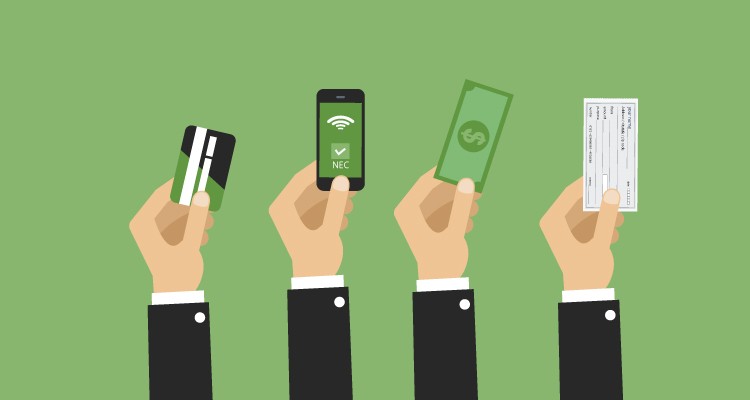Updated by 01.11.2025
Five New Ways to Pay
There Are More and More Alternatives to Traditional Payment Processing

Many of the new payment methods use computers or cell phones. Some experts predict that these systems will eventually replace credit cards and cash. Others doubt that e-payments can offer adequate security. Let’s take a look at five of the new ways to pay:
1. APP Payment
A number of store and restaurant chains have started to accept payments through smartphone applications. For example, customers at Starbucks and T.G.I. Friday’s may use their smartphones to pay for drinks and meals. Starbucks has already used this method to complete millions of sales. However, smartphone viruses have the potential to infiltrate these apps and steal sensitive data.
2. Bitcoin
Bitcoin is a type of digital currency that some websites and a small number of restaurants accept. This system uses a public transaction ledger to ensure transparency. Wired.com reported that Bitcoin’s value fluctuated wildly during 2010, ranging from less than a cent to over $29. The currency also ran into other problems as users lost Bitcoins to theft and criminals used the system to sell illegal items.
3. Cell Phone Credit
Another option involves programming credit card information into a cellphone and using it to make payments. Some restaurants and parking meters now accept cellphone-based transactions. Customers can pay for parking time or meals by making a phone call. Home Depot lets shoppers make payments by entering their cellphone numbers and PINs on a keypad, according to The New York Times. Although convenient, this method lacks signature verification.
4. Bay Area Community Exchange
Various organizations have set up systems that help people exchange services. The Bay Area Community Exchange provides one example. It lets people use hours of work as units of currency, according to the San Francisco Bay Guardian. For example, a painter might paint a room for a taxi driver; in exchange, a repairman would fix the painter’s stove. The driver would provide the repairman with several taxi rides, and so on.
5. WePay
Additional PayPal-style payment services continue to appear. Most allow each user to add money to an account, receive payments, send money to other accounts, and withdraw funds. The WePay service offers one example. It uses Facebook pages and other online data to check the reputations of users, according to The New York Times. It is easier to open an account at WePay than PayPal. However, this may promote payment fraud.
All of these new payment solutions improve convenience for people with cell phones and computers. Some of them also provide ways to avoid taxes. It remains unclear as to whether these new methods will achieve success in their current forms, be forced to collect sales tax, or fall victim to fraudsters and identity thieves.
E-Complish offers efficient consumer payment solutions with a Fraud Detection Suite to prevent fraudulent payments.

